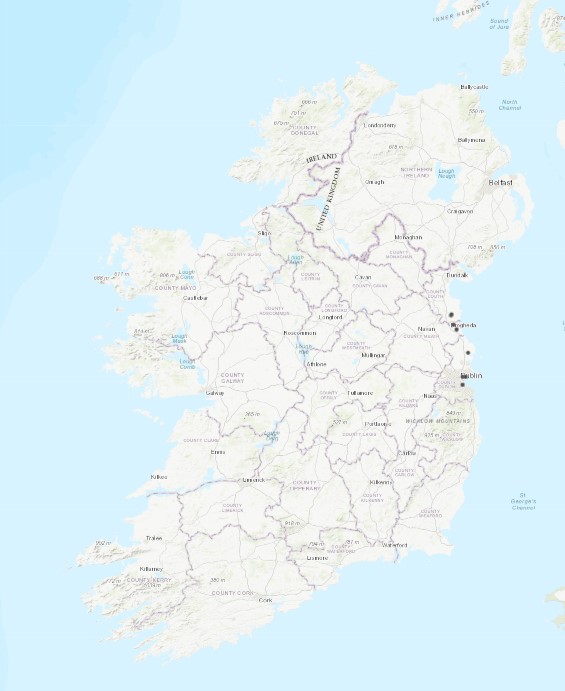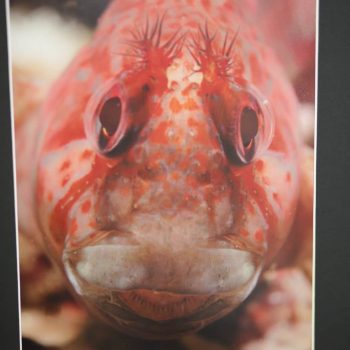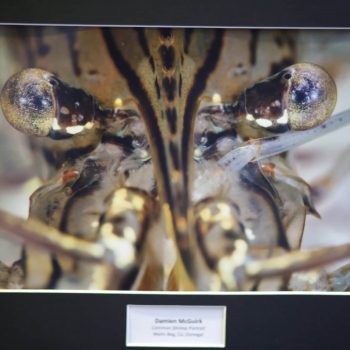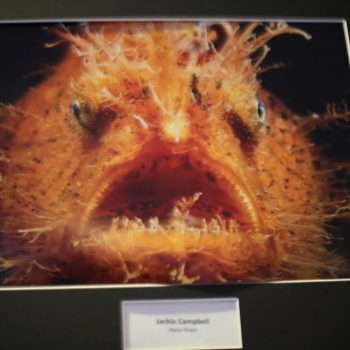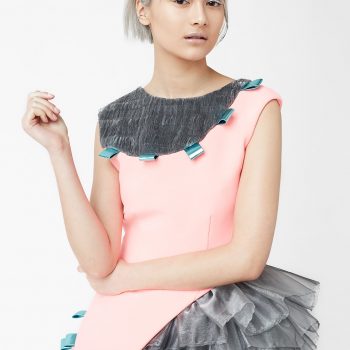5KLitterSnap
We invite you to join our citizen science #5KLitterSnap.
Thanks for your continued interest in taking part in citizen science. Please be aware that your work is filling gaps in information that we otherwise could not gather.
FAQs
-
What is it? It’s a brief survey that you can do whilst out on your walk or run as many times as you like.
How does it work? Click on the link, scroll down and you will see the first question. At the end it asks you to take a snap of the litter.
How often can I do it? You can do it as many times as you like as long as its different litter set each time.
What does it tell us? We can build a map of litter hotspots and collect data around litter quantities and types
Do I need to collect the litter? NO, we are not recommending you collect the litter. This is about collecting information on litter type and location.
Do I need to give any personal information? NO, we don’t need to know your name, address or anything like that. The survey collects the survey data and litter location you are at.
Do I need to turn on “my location” on my phone? YES, for the map to collect the location where you are, you need to go to settings, go to locations and go to your browser app like safari – switch on location if it’s not already on.
Citizen Science
DCU Water Institute run projects in collaboration with EarthWatch that aim to incorporate the entire community into monitoring and safeguarding our fresh water bodies like canals, lakes, rivers, streams and ponds.
We run an annual event in Autumn called the a WaterBlitz. This is where free water testing kits are provided in an attempt to get a broad snapshot of all the fresh water bodies in Dublin and its surrounding counties.
We also have citizen scientists who live by or regularly use the river Liffey. These people help provide data for consistent monitoring of the water quality for the water they live by and use.
Why get involved?
- Learn more about your local area and the waterbodies around you.
- Develop understanding of global issues regarding water.
- Compare your data with information from around the world.
- Support important research by collecting the necessary data.

For information and to see how you could get involved in our monthly BACKDROP project please click here.
For information on getting involved in this years Dublin Waterblitz please click here.
Explorers Educator Programme
DCU Water Institute PI Thomas McCloughlin works with the national Marine Institute, Oranmore in the Explorers’ Programme. He is currently working with the MI on assessing “Marine Literacy” and he is a member of the Marine Biological Association and the Royal Society of Biology. He has wide experience in developing educational programmes.
The Explorers Education Programme provides fun lesson plans, resources and activities for primary school teachers to inspire their student’s interest and knowledge in our ocean, marine environment, species and seashores.
The Explorers Education Programme is supported by the Marine Institute, and is funded under the Marine Research Programme by the Irish Government.

Explorers Mission Statement
The Explorers Education Programme™ aims to build on Ireland’s marine and maritime heritage by increasing awareness of the value, opportunities and social benefits of our ocean wealth and identity.
Explorers Goals
- EDUCATE primary school children, teachers and educators in Ireland, enabling them to understand the oceans influence on us and our influence on the ocean, through outreach and centre activities in Ireland.
- COORDINATE professional development training and workshops for teachers and trainee teachers, to develop their marine literacy skills and promote the use of marine content in line with the national curriculum.
- DEVELOP education materials and resources based on the Irish primary school curriculum to support teachers teaching marine in primary schools.
- PROMOTE ocean literacy and marine outreach activities with local communities, educators and influencers through events and media, so as to create dialogue and engagement about our ocean.
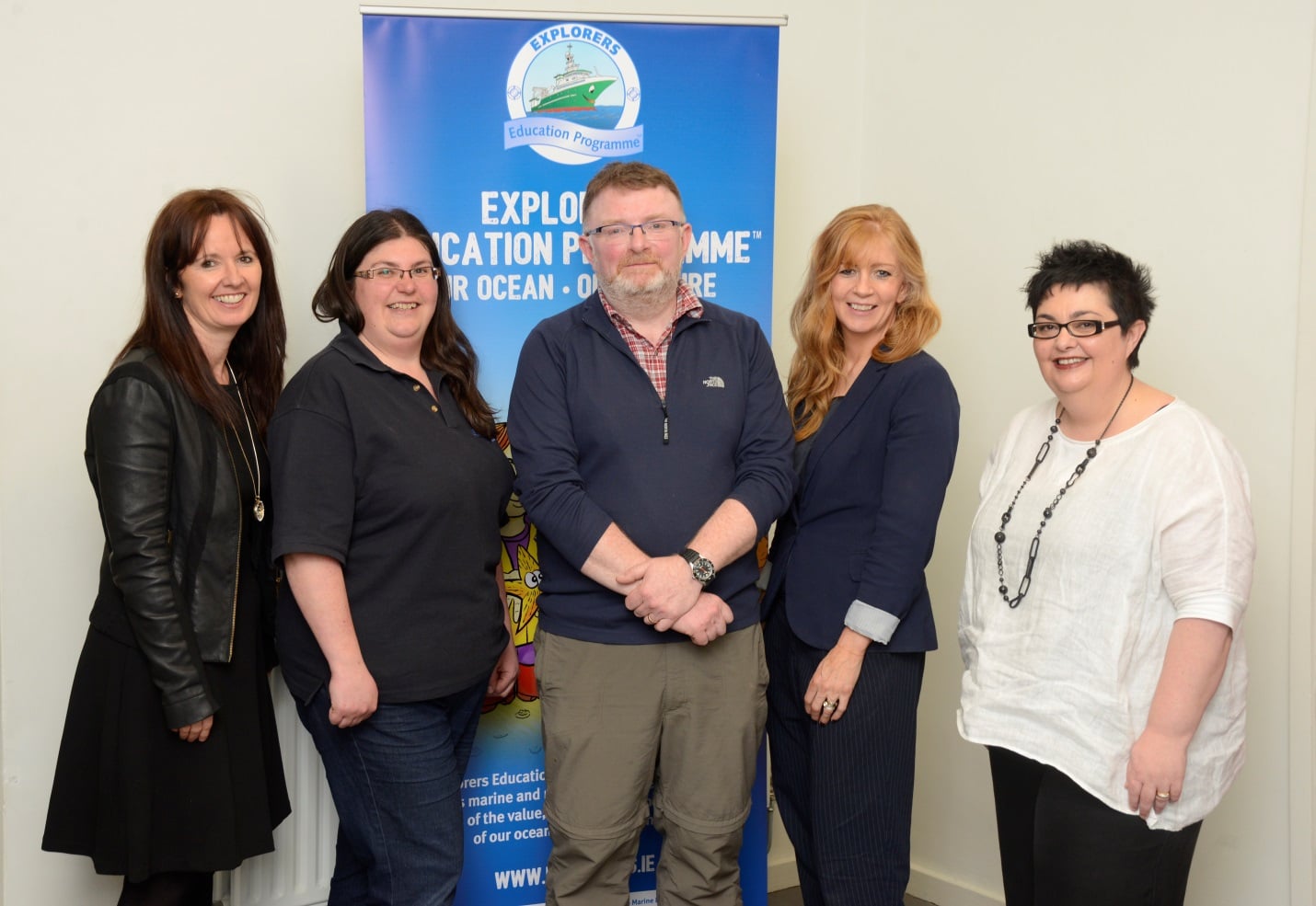
For further information and to see how you or your school could get involved please click here.
Underwater Sea Photography
There is an underwater photography exhibition in the DCU library until 15th April. The exhibition is hosted by DCU Library in association with the DCU Sub Aqua Club, DCU’s scuba diving club.
The exhibition featured 112 photographs by scuba divers and snorkelers based in Ireland, and all members of the “CFT Underwater Photography Group” on Facebook. Photographs are mainly of subjects in Irish waters, but also of subjects in other waters. CFT is An Comhairle Fó Thuinn or The Irish Underwater Council, the governing body for scuba diving clubs in Ireland.
This exhibition is a collection of photographs specifically chosen by the photographers themselves for public exhibition. It is currently touring the island of Ireland. It is the largest photographic group in Ireland, currently with 906 members. It is the 5th National Exhibition of Underwater Photography and was was launched in March 2016. There is a catalog available if you have a smart phone capable of following a QR Code.
The group says of itself…
“The purpose of this group is to show and tell the type of pictures that divers are taking throughout the world. We encourage people of all levels to post their marine pictures, good or bad and to generate a conversation from which we all learn. If you want a picture to be strongly critiqued that just ask for it when posting. Otherwise, if you post a picture where the group can see ways for improvement, we will continue to give advice in a constructive manner. Those posting pictures are encouraged to tell us what type of camera set up and settings were used. Also please let us know how you took the shot if it’s something we can all learn from.”
Diaphanous Beneath
What lies beneath? Below the waters transparent surface there is growth. Drawing on research from DCU Water Institute’s Marine and Environmental Sensing Technology Hub (MESTECH) Diaphanous Beneath is a collection of garments which explores and interprets the growth, layering and patterns of the diatom and crab surface. Materials are manipulated, layered and embellished to represent the expansion of organic matter and the clear and translucent quality of the sea.
Growth, action and reaction, layering, repellent surfaces, complex details. Fashion meets Science in this 3-dimensionsal visual exploration of these biofilm forming organisms.

